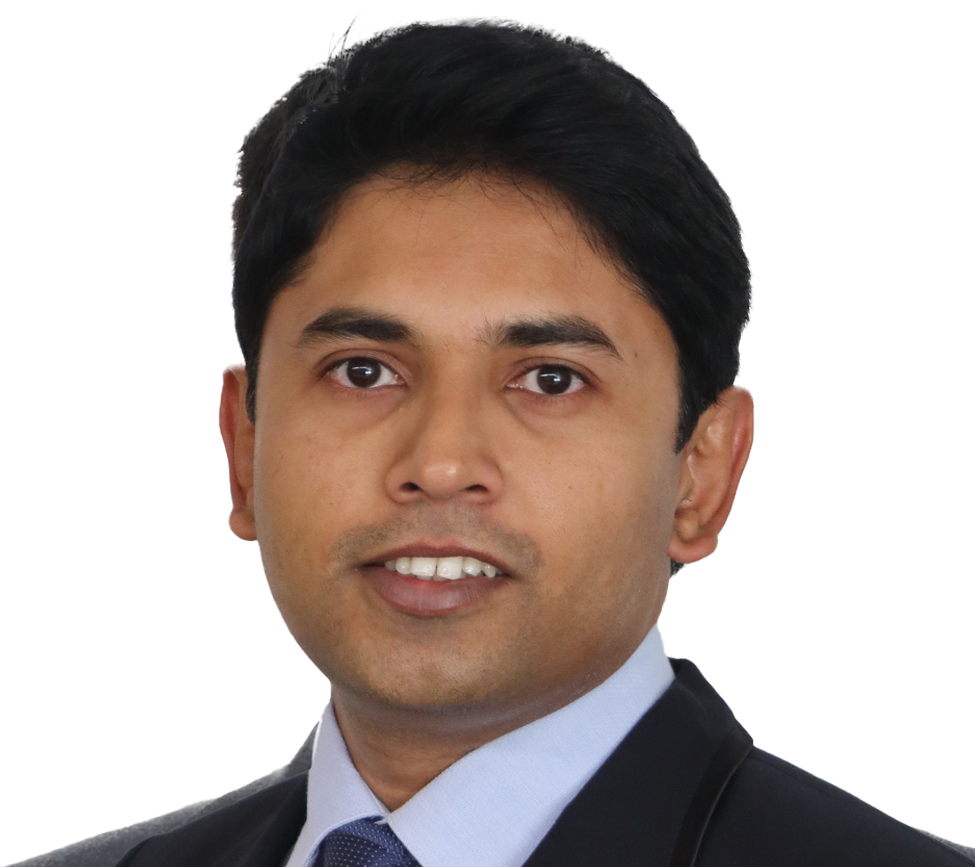

- Ph.D., Civil Engineering, University of California, Los Angeles (UCLA), 2021
- M.S., Water Resources Engineering, Bangladesh University of Engineering and Technology (BUET), Bangladesh, 2015
- B.S., Water Resources Engineering, Bangladesh University of Engineering and Technology (BUET), Bangladesh, 2013
- Postdoctoral Scholar, Geophysics & Regulation, Evaluation and Governance Lab (RegLab), Stanford University, 2021-2023
- Assistant Professor, Water Resources Engineering, Bangladesh University of Engineering and Technology, 2016
- Lecturer, Water Resources Engineering, Bangladesh University of Engineering and Technology, 2013-2016
- Editor’s choice award from AGU Water Resources Research journal publication (2021)
- UCLA Civil and Environmental Engineering department outstanding Ph.D. student award (2021)
- Dissertation Year Fellowship from UCLA for outstanding performance (2020)
- American Society of Civil Engineers (ASCE)
- American Geophysical Union (AGU)
- Sigma Xi scientific research honor society
Dr. Alam has extensive experience working at the intersection of hydrology, water resources engineering, remote sensing, and environmental policy. He uses his expertise in environmental modeling and data science to investigate complex processes and devise solutions to environmental and policy-related problems.
Dr. Alam led several projects to improve understanding of large-scale hydrologic processes and predict future changes. He quantified groundwater storage changes in the California Central Valley aquifers using ensemble methods, including in-situ measurements, satellite observations, water balance, and hydrologic models. Additionally, he developed hydrologic and optimization models to assess the relative contribution of climatic and human factors to surface-groundwater processes for both historical and projected future periods. He also conducted numerical investigations to understand the impact that large-scale managed aquifer recharge implementation could have on groundwater overdraft and in meeting the objectives of California's Sustainable Groundwater Management Act. Dr. Alam contributed to multiple projects focused on developing remote sensing-based models to quantify regional and local-scale groundwater changes. By leveraging ensemble remote-sensing data, he has quantified variations in groundwater storage, along with the accompanying uncertainties, providing insight into these aquifers. His work on remote sensing extends to the investigation of the interactions between crops, energy, and water, shedding light on critical dynamics during drought years.
Dr. Alam's previous projects also include efforts to understand nutrient movement in surface and groundwater. To identify non-point sources of phosphorus from an agricultural landscape, he co-developed a source attribution model that could be readily applied to a range of watershed sizes. The model was an integration of a hydrologic model, Bayesian statistics, and network structure. He also led a project to improve understanding of nitrate leaching into groundwater, integrating nitrate data with airborne electromagnetic (AEM) geophysical data to identify vulnerable areas. Furthermore, Dr. Alam worked on a project to optimize irrigation and water management systems in tea plantation.
In his prior work on the hydrodynamics of river and coastal processes, Dr. Alam developed 1D, 2D, and 3D hydrodynamic models to predict flood inundation/propagation, river erosion/deposition, and coastal morphological changes. He also developed dam and reservoir models to quantify the impact of various climate conditions on reservoir storage and release.
Dr. Alam's professional experience is complemented by a robust research background that included advanced data analysis techniques. His programming experience has allowed him to develop modeling tools from scratch and collaborate in large groups in developing such tools. He collaborated on projects to automate the process to detect specific land use changes (e.g., concentrated animal feeding operations (CAFO), crop type) from satellite imagery.